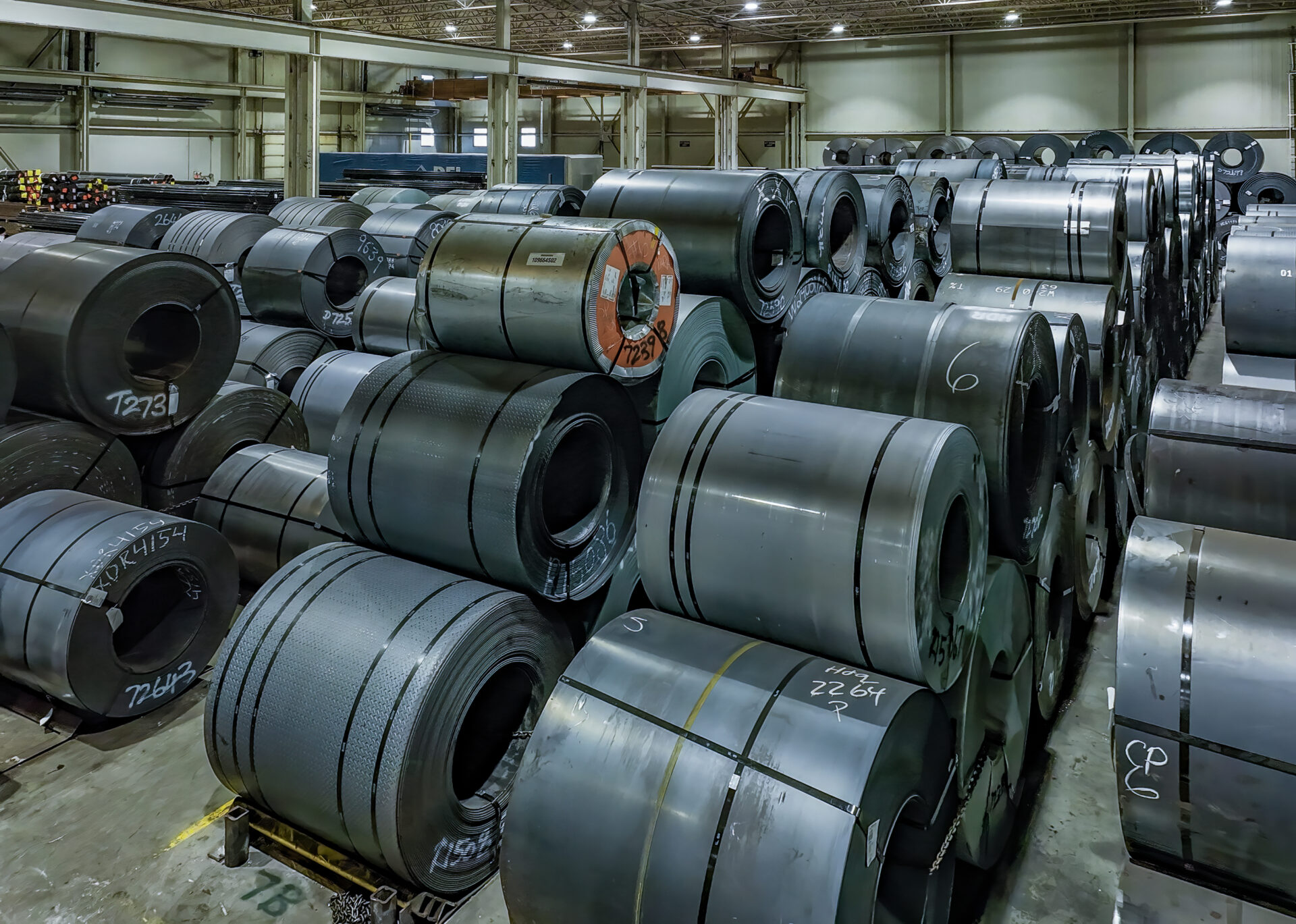Informations sur les Produits

Découvrez nos ressources
Nous avons les ressources dont vous avez besoin pour naviguer dans l’industrie métallurgique. Trouvez nos informations détaillées sur les produits et nos guides.
NOTE : Les informations contenues dans cette section sont fournies à titre informatif uniquement et doivent être vérifiées par un ingénieur professionnel avant toute application dans un cadre de conception ou de fabrication.